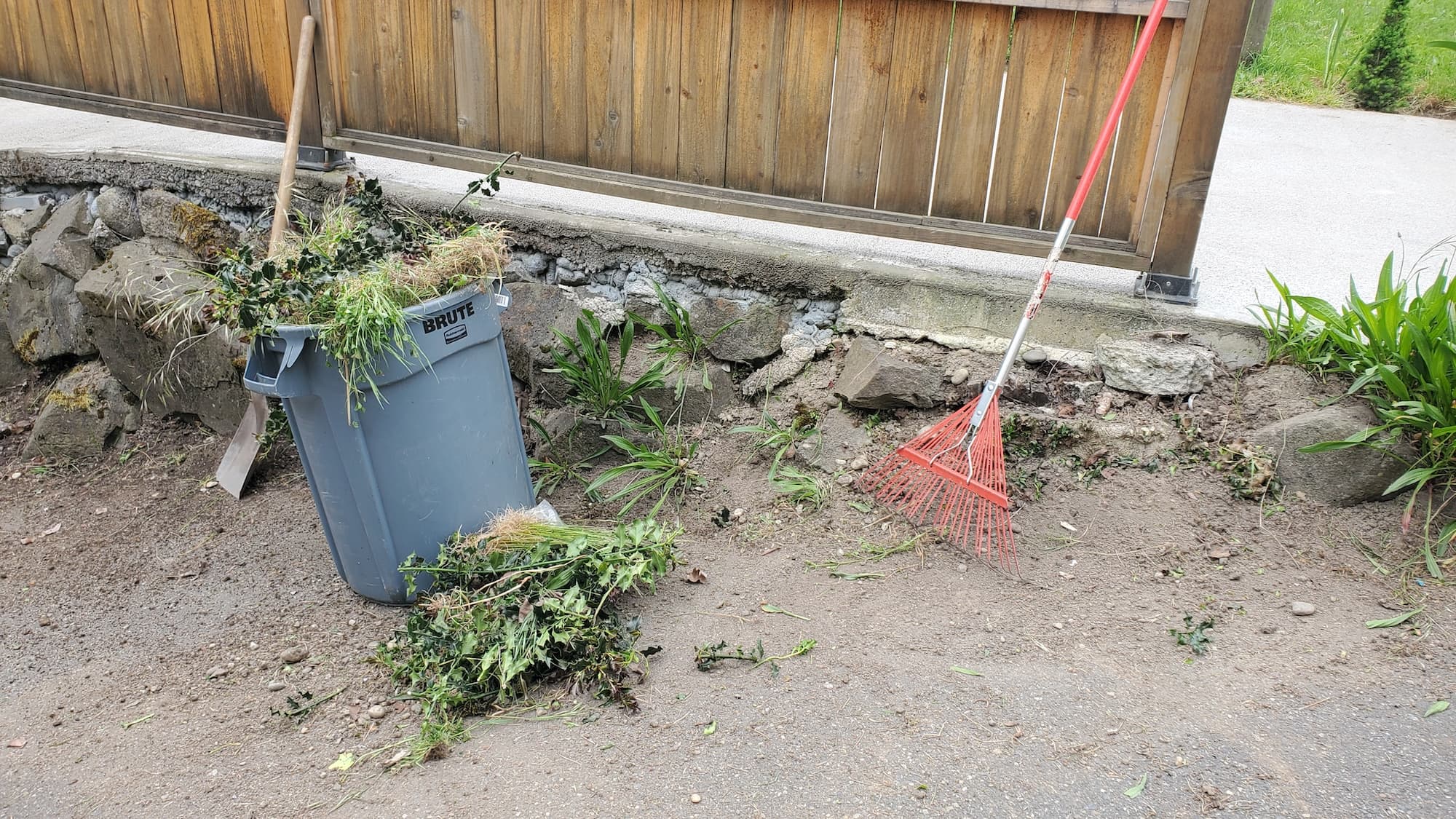West Seattle Hand clip detail pruning
Homeowner’s Issue
West Seattle yards age fast. We get heavy, persistent rain from fall through spring, pockets of compacted glacial till and clay under a thin topsoil, and a lot of shade from mature cedars and maples. That mix throws up common problems: moss and bare patches where lawns can’t dry, lanky, leggier shrubs on south-facing banks, and ivy or Himalayan blackberry pushing through hedges on north slopes. Properties along Alki and the bluff see salt-spray and wind pruning, while upland areas near Admiral and High Point have steep grades and runoff that drown root crowns if you don’t prune for airflow and drainage.
HOAs and neighborhood standards in the Junction expect tidy edges and clear sightlines, so unkempt shrubs can look neglected quickly. Many homeowners try aggressive hedge shearing or weak chemical fixes—both make problems worse here. We use hand-clip detail pruning to correct form, remove deadwood, open the canopy for light and air, and reposition growth away from walkways and rooflines. All work is done sustainably: no herbicides, focused cuts that prevent re-suckering, and mulches or compost to rebuild poor soils. That approach reduces winter rot, lowers moss pressure, and keeps your curb appeal consistent through Seattle’s wet seasons.
Our Quality Service
We prune by hand with bypass pruners, loppers, folding saws, and hand shears—no hedge trimmers for detail work. We start with a quick assessment, then prune for health first (deadwood, crossing branches), shape second, and clearance third. Typical jobs finish in a half-day to two days depending on size and slope; multi-yard projects are scheduled within 7–14 days.
Local insight: we account for compacted glacial till, seasonal runoff, and shade patterns. We time heavier cuts for late winter/early spring or mid-summer for flowering shrubs. All pruning follows sustainable practices—no herbicides, targeted cuts, and organic clean-up options—so plants recover stronger and need fewer visits.
Benefits: safer sightlines, better drainage on slopes, reduced moss and mildew, longer-lived shrubs, and improved curb appeal without chemical inputs.
What’s Included
- Plant-by-plant assessment and pruning plan
- Hand clipping: deadwood removal, thinning, selective shaping
- Clearance pruning for walkways, driveways, and sightlines
- Raking and removal of clippings (see haul options)
- Final tidy: edges brushed, beds fluffed, basic weeding
Options / Upgrades:
- Mulch + fabric or compost top-up (locally sourced)
- Organic weed control and manual ivy/blackberry removal (no herbicides)
- Soil amendments and planting suggestions for native, low-water tolerant species
- Haul-away vs. curbside green bin drop-off
- Repeat maintenance plan (monthly, bi-monthly, quarterly)
Before & After / Expectations
Expect some noise from hand tools and hauling, but no loud gas trimmers for detail work. Onsite work can create wood chips and clippings; we broom or blow pathways and either haul debris away or leave it in agreed piles for green-bin pickup. Access: we need clear 3–4 ft around work areas; please flag sprinkler heads and low-voltage lighting.
Timelines: small yards often done same-day; medium jobs 1 business day; steep or heavily overgrown sites may require two visits. Aftercare tips: encourage a dry window for deep watering (late spring/early summer) rather than light frequent misting; remove vine growth at the root and recheck for reshoots in early fall. Moss prefers shade and compaction—open the canopy, add grit to paths, and top-dress beds to reduce moss over time.
FAQs (3–5)
Q: Do you use herbicides for ivy or blackberries?
A: No. We remove vines manually, cut roots and dig out crowns, then follow up with mulching and repeat hand-weeding.Q: When is best time to prune shrubs here?
A: Late winter for structural pruning, mid-summer for corrective shaping on spring-flowering shrubs. We schedule by plant type and microclimate.Q: What if my yard has steep slopes or very poor access?
A: We assess onsite—steep sites may need more time and an extra crew. We’ll quote haul vs. on-site chip spread options.Q: How often should I schedule detail pruning?
A: For neat, low-maintenance yards: quarterly. For high-visibility or rental properties: bi-monthly to monthly.
Call to Action
Ready for practical, sustainable pruning that actually suits West Seattle yards? Book a quick photo estimate or an on-site visit. We schedule fast, work clean, and fix problems for the long run—no herbicides, just steady results.
Email: neatandtidyseattle@gmail.com — free estimates, local expertise, reliable scheduling.










